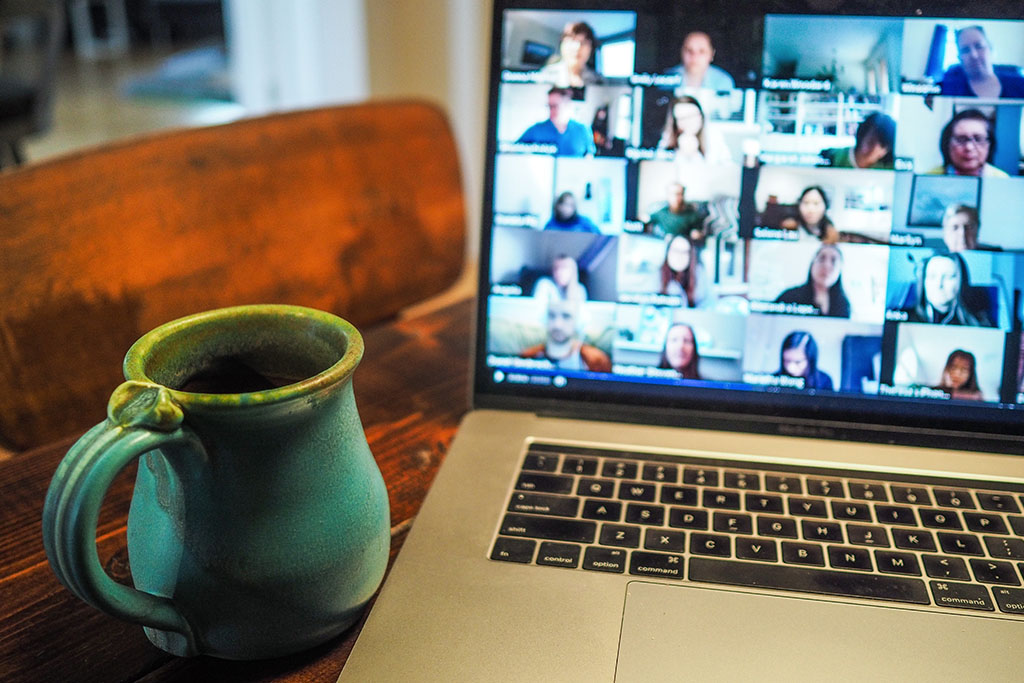
The coronavirus pandemic has upended our working lives and forced many companies to pause and reconsider the way they operate. What seemed as a distant future has now been accelerated.
The crisis has thus become both a challenge and an opportunity for businesses to reinvent themselves. Nevertheless, to make the most of this, companies need to invest more in areas such as employee wellbeing. And so, while before COVID-19 wellbeing was considered more as a pro-forma check-box exercise, it has now become indispensable to success.
New model to make your employees happy and engaged
For years, many companies have been doing wellbeing wrong. True, by now, most of them have learned to offer programmes oriented towards physical and mental wellbeing. Businesses would often invest in convenience-based services such as on-site launderettes and distractions such as gyms or ping pong tables. They do so to drive productivity while making sure workers spend as much time at work as possible.
The problem is, however, that these programmes are used in isolation from each other and companies’ policies often ignore two additional elements of employees’ wellbeing: the social element and purpose.
To make sure all these elements are incorporated, it is necessary to adopt a more holistic approach. To that end, the Adecco Group Foundation has developed the Workforce Vitality model. It unites both the top-down management and bottom-up feedback from employees and because it incorporates more than just the physical and mental wellbeing, the model helps workers to tap into and explore their purpose and to connect and engage with others.
Lack of engagement in the workplace: how to fix it
And it is the lack of employee engagement that is often disregarded by the old approach to wellbeing despite it representing a major problem for many companies. According to the research, low employee engagement negatively impacting companies’ performance and profitability.
Among those companies affected by this problem is the Adecco Group, the world’s leading HR company that focuses on helping businesses manage their talent and recruitment processes. Having realised its consultants suffered from low engagement levels, it decided to reinvent itself and the way it does business.
As part of its early careers programme, the Adecco Group UK & Ireland employs university students as consultants who are placed with other external clients, including a large proportion within FTSE 100 companies. The programme helps Adecco Group UK & Ireland’s clients access the best talent while offer young students the ability to gain work experience and learn new skills.
However, because of the unique set-up of how these consultants were managed – both by the Adecco Group UK & Ireland and the client itself – these young people often found themselves discouraged and disengaged. To address this issue and to find solutions to it, the Adecco Group UK & Ireland has recently pioneered a new model: the application of the Workforce Vitality Model.
Turning wellbeing and the company around: Case study of the Adecco Group UK & Ireland
The Model rests on several factors. First, it is a holistic model that incorporates four elements of wellbeing: mental, physical, and social elements as well as purpose. Second, it works with four enablers that are utilised across these elements, notably culture and brand, policy and practice, environment, and technology and tools.

Third, these elements and enablers are then applied through a human centred approach of Design thinking workshops, which serve as a sounding board to discuss the issues at hand and brainstorm about individual needs followed by potential ideas and solutions. For its own purposes, the Adecco Group UK & Ireland organised such a workshop by creating a target group consisting of some of the early careers programme participants.
By bringing the consultants and Adecco Group UK & Ireland’s leadership together, the workshop led to interesting findings:
- Consultants desired to belong to a community – the way things were set up, with them being both placed in a company while guided by the Adecco Group UK & Ireland, did not allow for consultants to feel like part of a bigger team 100%. This clearly had to change.
- The emphasis should be placed on more collaboration and the Adecco Group UK & Ireland to help both the client and consultants make the most of the work placement experience.
More specifically, the design thinking workshop resulted in concrete changes that the Adecco Group UK & Ireland has since implemented. Among other things they have:
- Empowered consultants to become leaders. The consultants, working for an external company, would take more ownership and become the “voice of their community” in that company.
- Worked with these leaders to host both networking and informal social events to expand their professional networks and ask management any questions. Pontoon has also added quarterly surveys to measure consultants’ satisfaction throughout their placement.
- Created a new role of Engagement and Wellbeing Manager responsible for ensuring gold standard service for both candidates and clients.
- Introduced new technologies such as Meet and Engage. This has given the less confident candidates the platform to anonymously ask questions and comment, and the use of a private chat function where they can raise questions with the Wellbeing Manager.
- Created a structured incentive programme in true partnership with the client. This has allowed Pontoon to reward its consultants against the client’s deliverables.
- Increased client manager engagement. As a result of the changes made, the client-Pontoon collaboration has improved, and the client’s line manager engagement with Pontoon has increased by 60%.
The above improvements and interventions have helped the Adecco Group UK & Ireland reinvent its careers programmes, leading to a higher intake of candidates by 14% compared to last year. Furthermore, the new methodology used has built genuine trust between the Adecco Group UK & Ireland and its clients.
But none of this would have been possible had it not been for the Workforce Vitality Model that treats wellbeing holistically. Without moving beyond the well-known physical and mental health aspects of our wellbeing, the Adecco Group UK & Ireland would have never been able to identify the problem of engagement, much less find solutions to it. As a result, wellbeing of the company’s consultants has increased, their engagement has improved, and its clients have become more involved and satisfied.
If you’d like to know more about the model and learn how your organization can use it to improve your employees’ wellbeing, please, contact Jacqueline Maag: Jacqueline.maag@adeccogroup.com.



